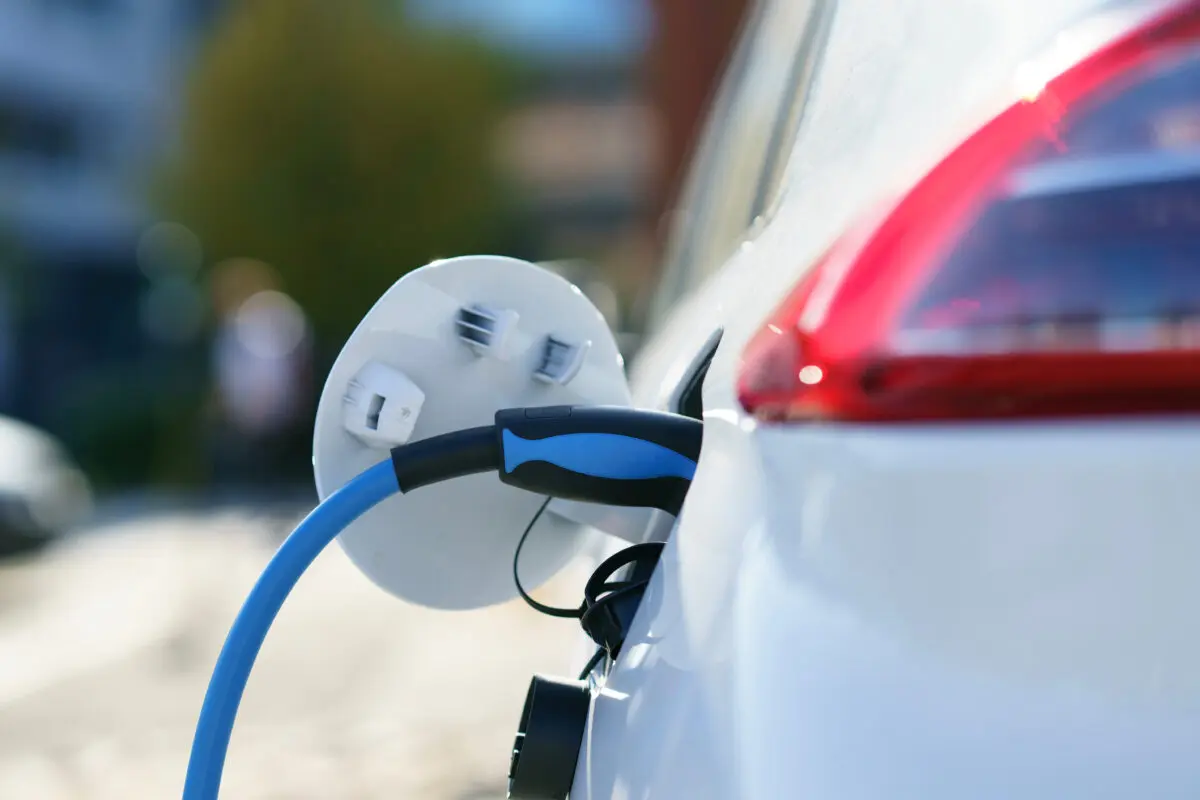Darren Bagnall from Block in a Box discusses some common concerns and outlining some of the measures you can take to avoid any issues with newly installed or inherited chargers.
The push towards Net Zero has resulted in a marked increase in the number of electric and hybrid vehicles on UK roads. The need for appropriate charging points, both at destinations, enroute and at home is clear.
For residential blocks that provide their residents with parking, the installation and management of EV chargers is an inevitability.
The Numbers
While the upfront costs of electric vehicles remain high, uptake is creeping up year on year. According to
House of Commons research, in 2018 only 1% of new car registrations were for EVs. By the end of 2023, this had increased to 16%. Of all the cars on the road in the UK at the end of 2023, 3% were battery electric and 7% were hybrid.
Last year (2024), according to
Hey Car, electric cars made up 19.6% of all new car sales in the UK. Including all variants, cars with an electric motor accounted for 43.4% of the UK’s new car market.
These numbers paint a picture of a definite movement towards electric vehicles, something building owners and property managers cannot ignore. Charging points are now commonly expected as a basic amenity, but they need to be installed professionally and then carefully managed.
The Risks of Installing and Managing EV Charge Points
For most residents, owners and property managers, the risk of fire is front of mind. EV batteries, if damaged or improperly charged, can overheat and lead to thermal runaway. This can pose a serious risk in enclosed residential car parks, where fire could spread rapidly. Faulty or substandard charge points can increase the likelihood of electrical malfunctions and resulting fires.
The next issue on the list is electrical capacity. The increased energy load of EV charging points can strain existing infrastructure, leading to power outages or damage to electrical systems. Upgrading the building’s system to handle increased loads can be costly and time consuming, but it is an essential step in future proofing residential blocks.
Space is often limited and adding charge points can encroach on the number of parking spaces available. As parking is often a subject of dispute among residents, losing spaces could be very tricky to handle. Cables can also create trip hazards if not properly managed, which risks liability for injuries.
EV chargers are often connected to networks, allowing users to monitor charging remotely. However, this connectivity opens the door to cybersecurity threats. Hackers can potentially access sensitive user data or disrupt charging operations.
Property owners or managers could face legal claims if residents or visitors are injured due to poorly maintained or faulty charging equipment. Disputes over who bears the cost of installation, maintenance, or electricity usage can also create conflicts.
Risk Management Strategies
Before installation or when inheriting a building with EV chargers already in place, you should carry out a comprehensive risk assessment. This should include engaging certified professionals to inspect and provide recommendations on:
- The building’s electrical capacity
- Any fire safety requirements
- Cable management
- Parking layouts
Any installations must comply with building codes and electrical safety standards. Using a professional installer and certified electric vehicle charge points from reputable manufacturers will minimise the risk of malfunctions. Property owners and managers should stay up to date with regulations to avoid fines or liability issues in the future.
It may be recommended that you install fire suppression systems in your car parks such as sprinklers or fire extinguishers rated for electrical fires. Clear evacuation plans for residents and staff training are essential, as are regular inspections and maintenance.
If the building’s electrical system cannot handle the additional load, you will need to invest in the necessary upgrades. Installing smart charging systems that manage energy distribution can help prevent overloads – these systems prioritise charging based on availability and demand, ensuring efficient use of power.
You can provide cable holders or opt for retractable systems to prevent cables from becoming trip hazards. Marking charging zones clearly and ensuring they do not obstruct other parking spaces is essential and establishing ways for residents to report damaged or unsafe equipment promptly can reduce the likelihood of issues going unchecked between inspections.
Choose chargers with robust cybersecurity features, secure network connections with firewalls and encryption to protect against hacking. Educate users on safe practice, such as using strong passwords and avoiding public Wi-Fi when accessing charging apps.
Define clear ownership of the EV charge points and determine who will cover installation and maintenance costs, as well as how electricity usage will be billed. Consider using smart meters to track consumption accurately. Transparent policies can reduce disputes and foster cooperation among residents.
EV Chargers and Your Insurance
Always keep your insurance provider in the loop so they can ensure adequate coverage to include EV charge points. Policies should address risks such as fire, theft, cyberattacks and liability claims. Some insurers offer tailored packages for properties with EV infrastructure, which can provide added peace of mind.
Some of their suggestions may include:
- Extended property insurance: Ensuring the property’s policy covers charging equipment.
- Public Liability insurance: Protecting owners and managers against claims arising from injuries or damages caused by faulty equipment or improper installation.
- Cyber insurance: Covering potential losses from cybersecurity breaches, including data theft or operational disruptions.
Send in the Professionals
For true peace of mind, professional installation and maintenance is needed. Block in a Box recommend
British Engineering Services for installation and
Future Fuel EV Connected for those inheriting established chargers. The latter can bridge the gap between the mandatory EV charger installations required by new build developers and the subsequent responsibilities taken on by property managers and residents inheriting these systems.
When it comes to insurance, we highly recommend
Residentsline and their market leading policies. They offer all the coverage you need for a block of flats, including the additional cover required for any EV chargers installed on site.







Leave A Comment